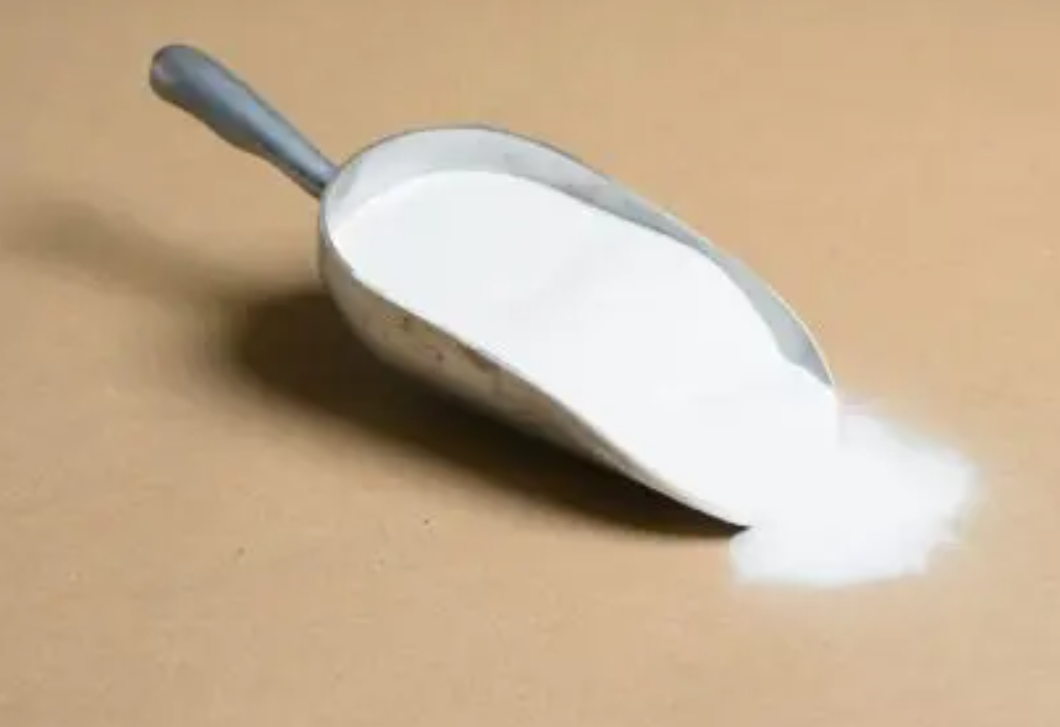Terephthalic Acid (TPA) is widely used in fireworks for its fuel properties. It is a key component in smoke compositions, where it helps create the smoke effect seen in many types of fireworks displays. Additionally, TPA is used in some flash powder formulas, contributing to the bright flashes and loud reports characteristic of certain fireworks.
Despite its effectiveness in fireworks, Terephthalic Acid (TPA) is considered non-toxic and not particularly flammable. However, as with any chemical, proper handling and storage are essential to prevent accidents. It is recommended to use TPA in well-ventilated areas and to avoid direct contact with skin or eyes.
Terephthalic Acid (TPA) is primarily produced industrially using a process that involves the oxidation of para-xylene. It is available in the market in various grades, with industrial-grade TPA being the most commonly used in fireworks production.
In fireworks production, Terephthalic Acid (TPA) interacts with other chemicals to produce the desired effects. Its compatibility with other ingredients is crucial for achieving the desired performance, including the color, duration, and intensity of the smoke or flash produced.


